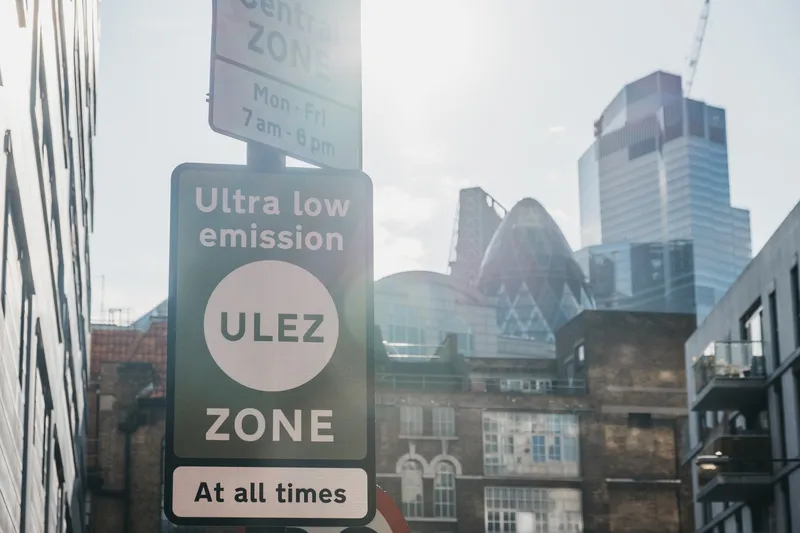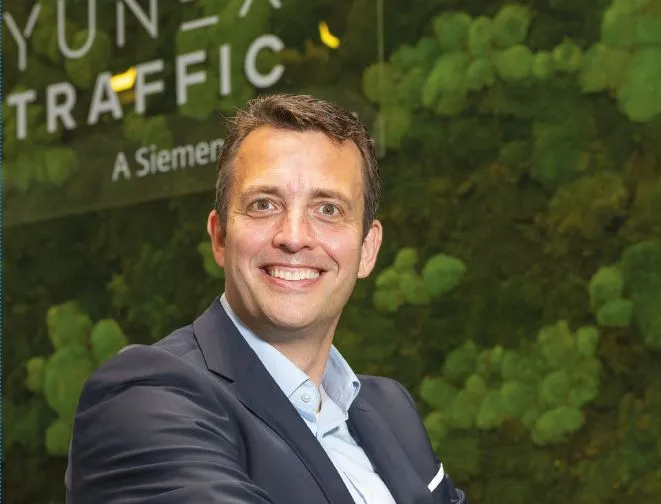Welcome to a first edition of ITS International under a new editor - one fully aware of a need to maintain high standards. Jason Barnes is a hard act to follow. Jason remains involved in this magazine, contributing as technical editor with his invaluable knowledge of the ITS industry. I congratulate him on all he has achieved, steering ITS International to being recognised as the sector's leading and most respected title. With a change comes a new perspective, however. Joining as editor with a general but n
February 27, 2012
Read time: 4 mins

Welcome to a first edition of 1846 ITS International under a new editor - one fully aware of a need to maintain high standards. Jason Barnes is a hard act to follow. Jason remains involved in this magazine, contributing as technical editor with his invaluable knowledge of the ITS industry. I congratulate him on all he has achieved, steering ITS International to being recognised as the sector's leading and most respected title.
With a change comes a new perspective, however. Joining as editor with a general but not detailed knowledge of the international ITS sector, I found myself in an interesting and privileged position, able to take in a lot of new information and form my own opinions of where the sector is at. For the length of this article, consider me a neutral observer.
My introduction to ITS International coincided happily with this year's6456 ITS World Congress in Orlando - ideal for observing all this industry has to offer. I arrived at the Orange County Convention Centre without prejudice, looking forward to a few days of meeting new people; learning about latest developments in technology for transportation.
I was not disappointed. The instant impression gained was of a large number of companies investing a lot of faith in the ITS sector; and rightly so. Technology in general is a manifestation of modernity, of development, of doing things better - particularly for reducing costs and improving safety in transportation.
In Orlando I was struck by the variety of companies and exhibits, from the major companies offering to take over operation of cities' whole transportation systems, to the relatively small, exhibiting more specific technical products. Radar, machine vision cameras, clever signs and sophisticated software applications - there was a bit of everything. At every booth I visited, I was impressed by exhibitors' conviction of what ITS applications can provide. Advanced weather stations for instance: shouldn't all transport authorities be able to closely and remotely monitor changing conditions and predict and provide traffic management accordingly? On the UK's M5 motorway in November a bank of dense fog - possibly exacerbated by smoke from a nearby fireworks display - caused a major road accident that killed seven and seriously injured more than 50. Fatalities may have been prevented if the relevant highway authority had technology similar to that on show in Orlando.
That is not all the UK should be looking at. Over summer this year, the UK Government was urged by a group of its own Ministers to do more with ITS for reducing traffic congestion, with traffic information technology in particular. A key point of our report on page 48 is that all governments should look to what others are doing with technology to address similar issues, be they matters of congestion, safety or the environmental impact and cost of traffic operations.
Attending events such as the ITS World Congress is clearly a beneficial exercise. If a delegation of UK transport Ministers and their mandarins attended Orlando in October they would have been impressed - as I was - by the affordable solutions possible for addressing common problems.
Government officials from a good number of countries were there to sign cooperative agreements for exchanging ITS technologies and knowledge. What actually comes from these multi-national efforts remains to be seen, but the initiatives have to be admired. They can only be good for the international ITS industry and those it serves. The Orlando congress appeared to be the conduit, as560 ITS America's chief technology officer Nu Rosenbohm puts it (page 22): "relations are fostered and opportunities discovered." The ITS World Congress brought home to me how much of a multi-national industry this is. ITS International will continue to bring you the broadest and most in-depth coverage of ITS developments across the globe.
With a change comes a new perspective, however. Joining as editor with a general but not detailed knowledge of the international ITS sector, I found myself in an interesting and privileged position, able to take in a lot of new information and form my own opinions of where the sector is at. For the length of this article, consider me a neutral observer.
My introduction to ITS International coincided happily with this year's
I was not disappointed. The instant impression gained was of a large number of companies investing a lot of faith in the ITS sector; and rightly so. Technology in general is a manifestation of modernity, of development, of doing things better - particularly for reducing costs and improving safety in transportation.
In Orlando I was struck by the variety of companies and exhibits, from the major companies offering to take over operation of cities' whole transportation systems, to the relatively small, exhibiting more specific technical products. Radar, machine vision cameras, clever signs and sophisticated software applications - there was a bit of everything. At every booth I visited, I was impressed by exhibitors' conviction of what ITS applications can provide. Advanced weather stations for instance: shouldn't all transport authorities be able to closely and remotely monitor changing conditions and predict and provide traffic management accordingly? On the UK's M5 motorway in November a bank of dense fog - possibly exacerbated by smoke from a nearby fireworks display - caused a major road accident that killed seven and seriously injured more than 50. Fatalities may have been prevented if the relevant highway authority had technology similar to that on show in Orlando.
That is not all the UK should be looking at. Over summer this year, the UK Government was urged by a group of its own Ministers to do more with ITS for reducing traffic congestion, with traffic information technology in particular. A key point of our report on page 48 is that all governments should look to what others are doing with technology to address similar issues, be they matters of congestion, safety or the environmental impact and cost of traffic operations.
Attending events such as the ITS World Congress is clearly a beneficial exercise. If a delegation of UK transport Ministers and their mandarins attended Orlando in October they would have been impressed - as I was - by the affordable solutions possible for addressing common problems.
Government officials from a good number of countries were there to sign cooperative agreements for exchanging ITS technologies and knowledge. What actually comes from these multi-national efforts remains to be seen, but the initiatives have to be admired. They can only be good for the international ITS industry and those it serves. The Orlando congress appeared to be the conduit, as









